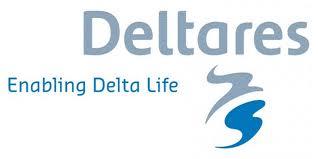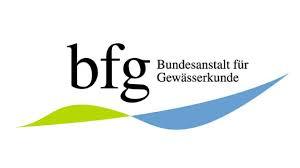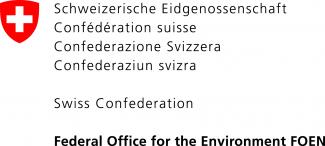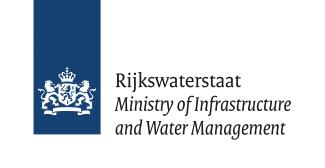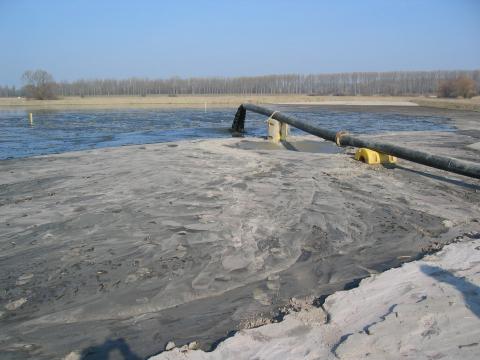
The ICPR and the CHR have jointly developed the Alarm model for the Rhine in about 1990, assigned by the 8th Rhine ministers' conference. In 1999, WL Delft Hydraulics improved and adapted the model; it is now operational under Windows. The model predicts the progress of pollution following the discharge of harmful substances. CHR is responsible for management of the model and further technical development.
Significance of the Rhine Alarm model
When water becomes strongly polluted, effective forecasting is essential for water users such as water supply companies, water boards etc, in order to be able to take the necessary measures in time.
Application of the Rhine Alarm model
The Alarm model for the Rhine is deployed by alarm stations along the Rhine in order to forecast the distribution of harmful substances when water is polluted as a result of an accident. Water supply companies and water boards use the Rhine Alarm model in the implementation of measures to be taken, such as halting the intake of unpurified water.
Working method of the Rhine Alarm model
The Alarm model for the Rhine covers the Rhine river from Lake Constance to the North Sea, including the Aar, Neckar, Main and Moselle tributaries.The model calculations involve the location and conditions of the initial pollution, decomposition and drift capacity of the harmful substances, discharges and/or water levels, geometry and dispersion. The model has been calibrated using tracer tests.
The Alarm model for the Rhine calculates for the locations put in, the concentration as a function of time as well as the point of time and scope of the maximum concentration in the river. If required, the progress of the pollutant wave can be envisaged from the source to the North Sea. The progress time of harmful substances can be forecast with an accuracy of approx. 89 %. Concentration calculations have an accuracy of approx. 95%.
The Rhine Alarm model was used as the basis for formulation of an alarm model for the Danube. The Danube model also calculates the cross flow of the pollution across the river. This additional feature was also included in the latest version of the Rhine Alarm model, at a later stage.
CHR publications on the Rhine Alarm model
- Mazijk, A.van; Gils, J.A.G. van; Weitbrecht, V.; ANALYSRE und EVALUIERUNG der 2-D-Moddule ZUR Berechnung des Stofftransportes in der Window-Version des RHEINALARMMODELLS in Theorie und Praxis, 2000, Report no. II-16
- Mazijk, A. van; Leibundgut, CH.; Neff, H.-P. (1999): Rhein-Alarm-Modell Version 2. 1. Erweiterung um die Kalibrierung von Aare und Mosel. Kalibrierungsergebnisse von Aare und Mosel aufgrund der Markierversuche 05/92, 11/92 und 03/94, Report no. II-14
- Spreafico, M.; Mazijk, A. van (Red.) (1993): Alarmmodell Rhein. Ein Modell für die operationelle Vorhersage des Transportes von Schadstoffen im Rhein, Bericht Nr. I-12.
- Mazijk, A. van; Verwoerdt, P., Mierlo, J. van, Bremicker, M.; Wiesner, H. (1991):
Rheinalarmmodell Version 2.0 - Kalibrierung und Verifikation, Bericht Nr. II-4. - Griffioen, P.S. (1989): Alarmmodell für den Rhein / Modèle d'alerte pour le Rhin, Bericht Nr. II-2
Participating Institutes
Switzerland:
Federal Office for the Environment, Bern
France:
Service de la Navigation, Strasbourg
Germany:
Federal Institute of Hydrology, Koblenz
Albert-Ludwigs-Universität, Freiburg
The Netherlands:
Rijkswaterstaat- Centre for Water Management, Lelystad
Technical University, Delft
Deltares, Delft
